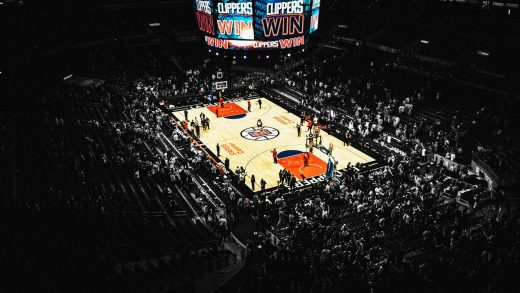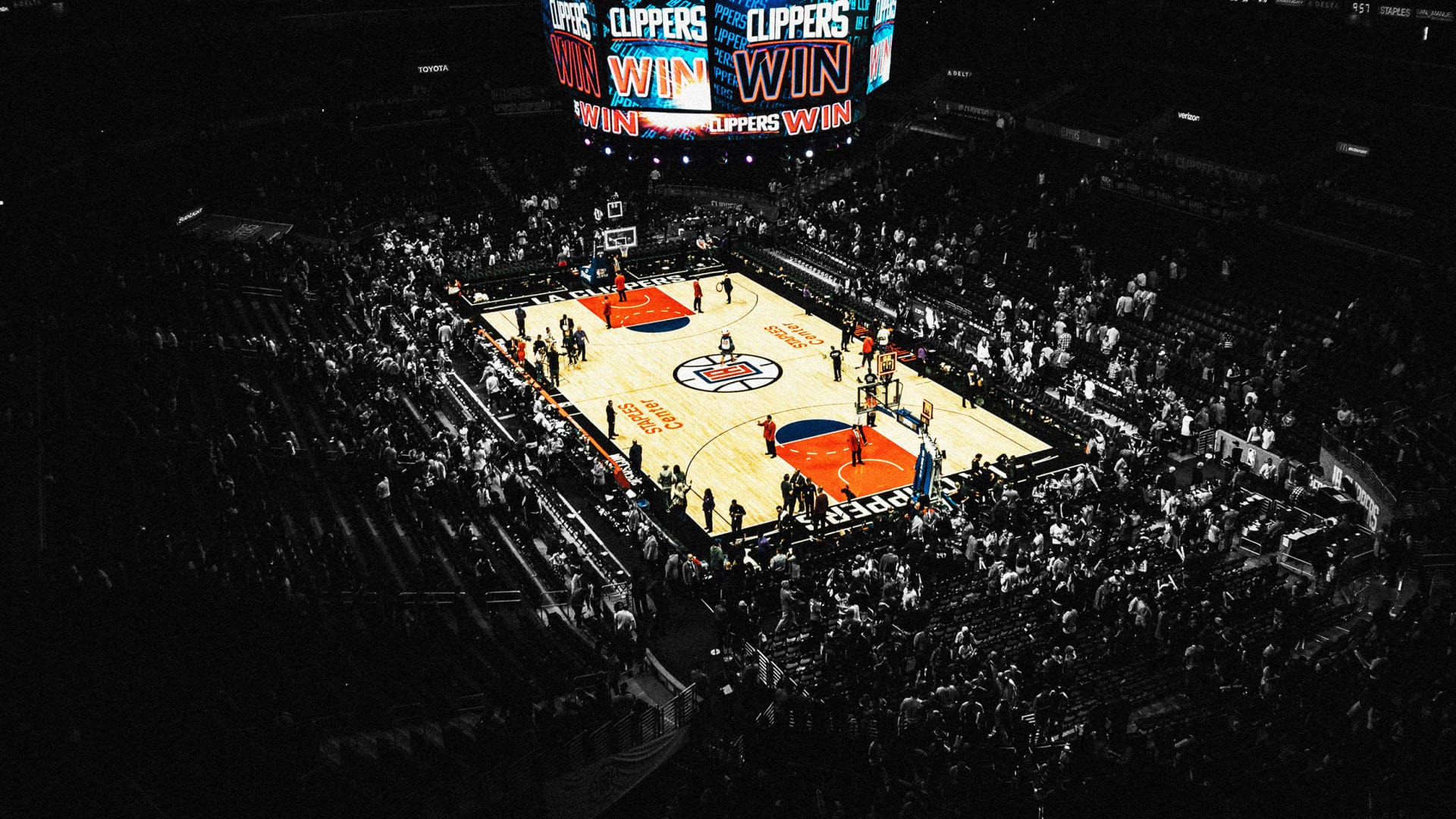What Amazon’s NBA deal means for the future of sports media rights
What Amazon’s NBA deal means for the future of sports media rights
An attorney specializing in sports broadcasting rights weighs in on the implications of Amazon’s NBA deal, and how WBD’s lawsuit will likely shake out.
It was not exactly a fast break. When the NBA last week officially spurned Warner Bros. Discovery’s attempts to continue a 40-year partnership between the league and WBD subsidiary, TNT Sports, opting instead for a deal with Amazon Prime, it was the end of a long, slow, unusually public negotiation. Well, not quite the end.
The NBA’s rejection of WBD’s offer to match Amazon has only intensified what may well be one of the most contentious rights disputes in sports history. It now appears headed for a different kind of court than what NBA games are typically played on, with WBD filing a lawsuit against the NBA in New York’s Supreme Court. No matter how the lawsuit shakes out, though, what’s at stake here is more than just one company’s right to a fair negotiation, but rather the very idea of a future in which live sports continue to air on linear cable at all.
“The last rights deal between the NBA and Warner was done in 2014,” says Corey Martin, a managing partner at entertainment law firm Granderson Des Rochers. “Since then, the landscape—specifically as it pertains to streaming—has evolved significantly.”
As a corporate transactional attorney, Martin has represented media companies as they acquire rights to air NBA, NFL, and English Premier League games in the Caribbean and Latin America. He’s been familiar with these deals, and the way they’re structured, for long enough to have witnessed the ongoing evolution of streaming’s relevance in the sports media landscape.
Under WBD’s 2014 deal with the NBA, TNT aired 64 regular-season games, including a spotlight Thursday night doubleheader, while also covering significant portions of the Playoffs. Basketball was as central to the network’s identity as its tendency to air franchise action movies in the afternoon. Once the period of exclusive negotiation between WBD and the NBA ended in April with no deal in place, however, it was clear that the league had something other than TNT in mind for its future. According to Martin, it should have perhaps been obvious earlier.
On some level, even with the proliferation of cable networks over the past 30 years, there was always a ceiling to the number of broadcasters available to sports rights owners, and only so much competitive tension between them. With the rise of streaming, though, a fresh crop of nontraditional players entered the space in the past decade—and it’s an extremely well-capitalized crop. Amazon Prime, Netflix, and Apple TV+ have all dipped their toes into live-sports broadcasting, and the competitive tension between them has dramatically increased the value of those coveted live-sports rights. In just about every way, it’s a whole new ball game.
“If you’re a rights holder like the NBA in 2024, and want to align yourself with partners that can fully exploit your content in a manner that reaches the widest possible audience, streaming’s gotta play a major role in any partnership from this point onwards,” Martin said.
The NBA ended up signing an 11-year media rights deal with Disney, which will continue airing games on ESPN; NBC, which will resume its relationship with the NBA for the first time since 2002 and also air games on its streaming platform, Peacock, for the first time; and Amazon Prime Video, who will bring more games to an international audience. The deal is reportedly worth $ 76 billion. After the NBA’s board of governors approved it recently, WBD had a contractual five days to match Amazon’s offer, which is valued at $ 1.8 billion per year. But although WBD claims to have matched the offer, the NBA went with Amazon anyway.
This is where things get a little foggy. Although parts of the paperwork have entered the public domain, they are heavily redacted, making it unclear whether WBD truly matched Amazon’s offer—or at least matched it in ways the NBA would most prefer.
“[Warner Brothers Discovery] may have said they’ll pay $ 1.8 billion for those rights, but the more you hear, the more it appears they didn’t really match all the terms,” Martin says. For example, he says, it was widely reported that Amazon’s offer was for both NBA games and WNBA games, and then reports surfaced that Warner Brothers Discovery was offering a bit less because it only wanted NBA games. “If that’s true, that’s a material deviation from the agreement between the NBA and Amazon,” says Martin. Plus, Warner Brothers Discovery has indicated it wanted the right to broadcast certain games on linear cable on TNT, as it has done since 1988, as well as other games exclusively on Max for streaming. “Well, the Amazon deal that they matched is a streaming-only deal—another material deviation,” Martin says.
The fact that all these negotiating terms have played out in public ever since the deal expired in April makes this a rather atypical rights jump-ball. That the NBA and WBD will now have to continue their current business relationship until the new deal kicks in at the top of the 2025-2026 season, perhaps while in active litigation against each other, makes it unprecedented.
According to Martin, here’s how that litigation will likely play out. WBD filed its complaint last week, and now the NBA will eventually file a formal written response, addressing each allegation—and likely seek a motion to dismiss, claiming that the complaint has no merit. That motion to dismiss will itself likely be rejected because some of WBD’s allegations may be difficult to prove or refute without moving forward at least to the discovery phase—that’s “discovery” with a lowercase “d”—of a potential trial. At this point, Martin indicates, the NBA will likely settle the case for a monetary amount, rather than any future broadcasting rights. The only alternative is going to trial, which could potentially cost far more in legal fees than whatever amount WBD would accept as a settlement.
What will be more fascinating to watch, however, is what happens beyond this lawsuit, as other parent companies with linear cable subsidiaries attempt to ink future deals. While streaming continues its aggressive move into live events—the last remaining stronghold of how TV worked in the 20th century—a lot of the traditional media players will likely have more existential considerations on their hands than whether they can make a competitive offer to air live sports.
“I would say it’s a fairly safe bet that, by the time these rights deals come to a conclusion in 2035, linear cable may not exist,” Martin says. “And if it does exist, it will probably be in such a diminished form, it’ll be equivalent to our grandparents’ televisions with bunny ears on top.”
ABOUT THE AUTHOR
(10)



